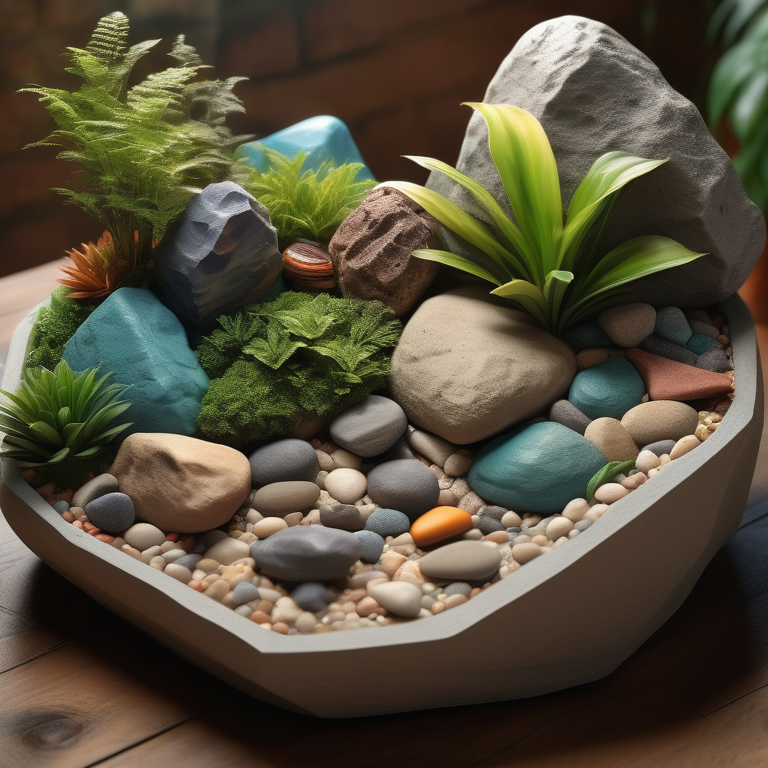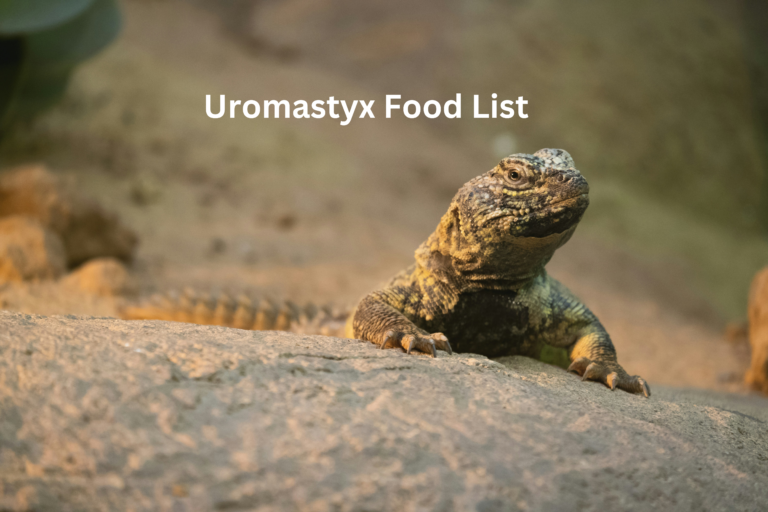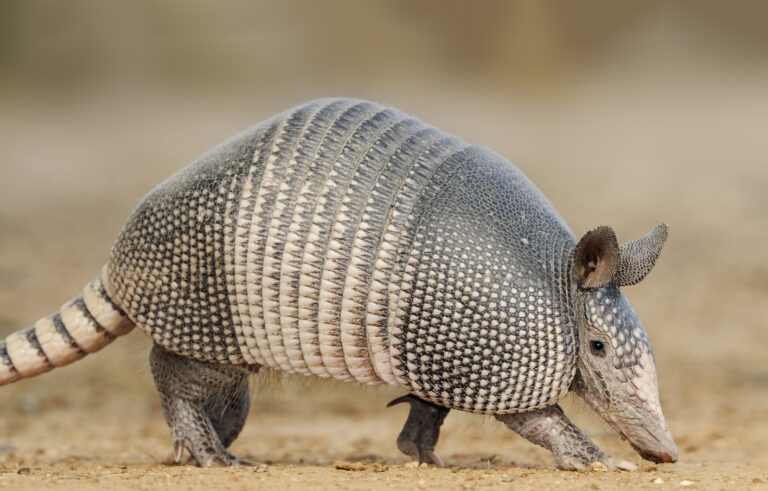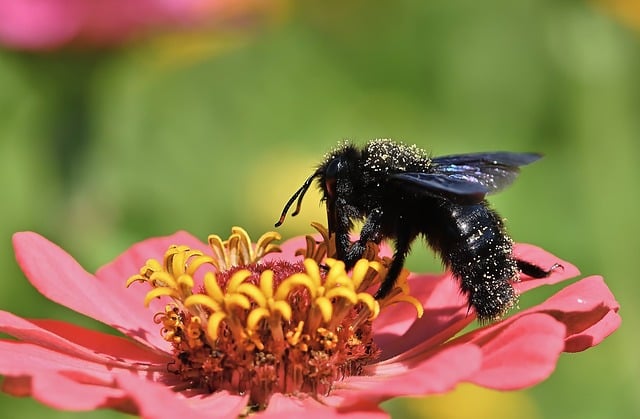Unlock the Secrets of Crested Gecko Shedding: A Guide to Healthy Skin and Vibrant Rejuvenation!
Welcome to our comprehensive guide on crested gecko shedding! If you’re a proud owner of these unique reptiles, you know how fascinating and intricate their skin rejuvenation process can be. In this article, we’ll delve into the secrets of crest gecko shedding, providing you with all the information you need to ensure your pet’s skin stays healthy and vibrant.
The Importance of Shedding for Crested Geckos
Shedding is a natural and essential process for crested geckos. It allows them to grow, regenerate damaged skin, and maintain their overall health. Shedding, also known as ecdysis, is a cyclical process that occurs throughout their lives. Understanding this process is crucial for every crest gecko owner to ensure their pet’s well-being.
Crested geckos shed their skin to accommodate their growth. As they grow, their skin becomes tight and restrictive, prompting the shedding process. Shedding also helps crested geckos to replace old, damaged skin, revealing fresh and vibrant scales. It’s an amazing transformation to witness!
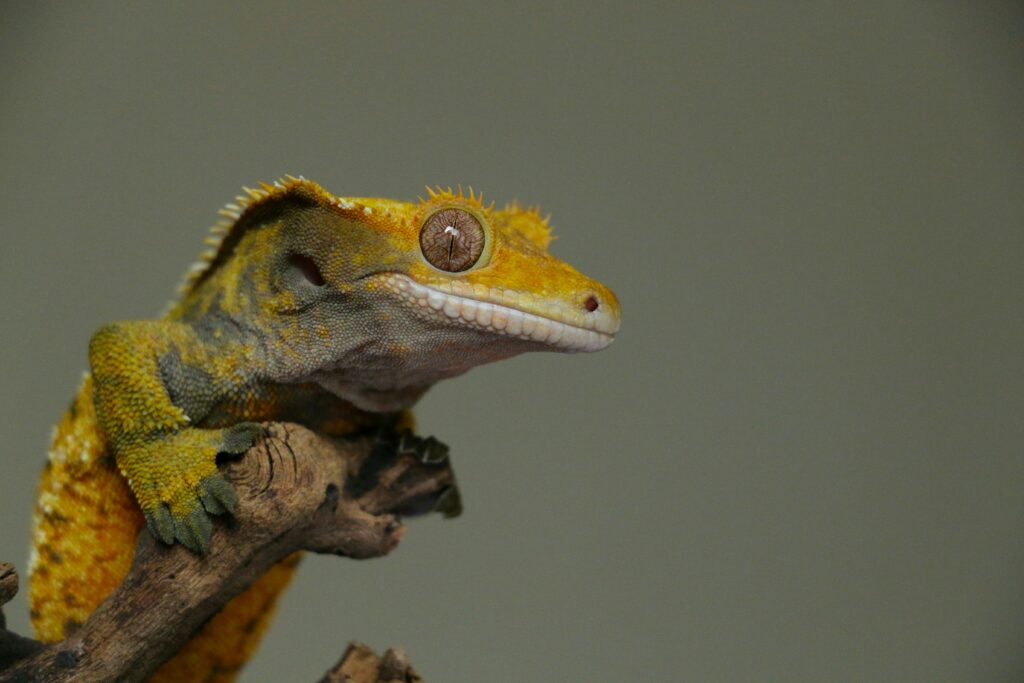
Understanding the Shedding Process
To provide the best care for your crest gecko during shedding, it’s important to understand the stages and duration of the shedding process. Shedding typically consists of three stages: pre-shedding, shedding, and post-shedding.
During the pre-shedding stage, you may notice subtle changes in your gecko’s behavior and appearance. Their skin may appear dull or cloudy, and they may become less active or hide more frequently. This is a sign that the shedding process is about to begin.
The shedding stage is when the actual shedding process takes place. You’ll notice your gecko rubbing against various surfaces to loosen the old skin. It’s crucial to provide a suitable environment during this stage to facilitate the shedding process.
After shedding, your crest gecko will have fresh, vibrant skin. The post-shedding stage is a time for your gecko to regain energy and adjust to its new skin. It’s important to monitor your gecko closely during this time to ensure it is healthy and free from any complications.
Signs of a Healthy Shedding Cycle
A healthy shedding cycle is an indication of your crest gecko’s overall well-being. There are several signs to look out for to ensure that your gecko is shedding properly and without any issues.
One of the key signs of a healthy shedding cycle is a complete shed. This means that the gecko has successfully shed all of its old skin, leaving behind a smooth and vibrant appearance. A complete shed indicates that the gecko’s skin is healthy and free from any underlying problems.
Another sign of a healthy shed is the presence of intact shed skin. If your gecko’s shed skin comes off in one piece, it suggests that the shedding process was smooth and without complications. Intact shed skin is also an indication that your gecko’s humidity levels were appropriate during the shedding process.
Additionally, a healthy shedding cycle should not be accompanied by any signs of distress or discomfort in your gecko. If your gecko appears agitated, exhibits excessive rubbing or scratching, or shows signs of stuck shed, it may indicate an issue that needs attention.
Common Issues and Challenges During Shedding
While shedding is a natural process, crest geckos can sometimes face challenges during this time. It’s important to be aware of these common issues and challenges to provide the necessary care and support for your gecko.
One common issue is incomplete shedding, also known as stuck shed. This occurs when the gecko is unable to shed its skin completely, leading to pieces of old skin remaining attached. Stuck shed can cause discomfort and even restrict your gecko’s movement if left unaddressed.
Another challenge during shedding is excessive rubbing or scratching. While some rubbing is normal during shedding, excessive rubbing can indicate a problem. It may be a sign of underlying health issues or inadequate humidity levels, which can hinder the shedding process.
Furthermore, improper shedding can sometimes lead to injuries or infections. If your gecko has wounds or redness during shedding, it’s essential to seek veterinary care to prevent further complications.
Tips for Promoting Healthy Shedding in Crested Geckos
As a crest gecko owner, you play a crucial role in ensuring your pet’s shedding process goes smoothly. Here are some tips to promote healthy shedding and support your gecko’s skin rejuvenation:
- Maintain proper humidity levels: Crested geckos require a specific humidity range for successful shedding. Ensure their enclosure is adequately humid by misting regularly and providing a humid hide.
- Provide suitable shedding surfaces: Furnish your gecko’s enclosure with materials like cork bark, rough branches, or reptile carpet. These surfaces will help your gecko rub against them during shedding.
- Monitor temperature: Maintain the correct temperature range in the enclosure to support your gecko’s overall health and shedding process. Use a reliable thermometer to ensure the optimal temperature is maintained.
- Offer a shallow water dish: Place a shallow water dish in the enclosure to help increase humidity levels during shedding. Make sure the water is clean and changed regularly to prevent bacterial growth.
- Avoid handling during shedding: Handling your gecko during the shedding process can cause stress and disrupt the shedding cycle. It’s best to minimize handling during this time and allow your gecko to shed in peace.
Maintaining Proper Humidity Levels for Successful Shedding
Proper humidity levels are crucial for successful shedding in crest geckos. Humidity helps soften the old skin, making it easier for your gecko to shed. Here are some guidelines to maintain the ideal humidity levels:
- Measure humidity levels: Use a hygrometer to monitor humidity levels in your gecko’s enclosure. The ideal humidity range for crest geckos is between 50% to 70%.
- Mist regularly: Mist the enclosure with water at least once or twice a day, depending on the ambient humidity level. Pay attention to the enclosure’s ventilation to prevent excessive moisture build-up.
- Provide a humid hide: Place a hideout filled with damp moss or paper towels in the enclosure. This will create a microclimate with higher humidity, allowing your gecko to retreat during shedding.
- Use a reptile fogger: If you live in an area with low humidity, consider using a reptile fogger to maintain the required humidity levels consistently.
- Avoid excessive humidity: While humidity is important, excessive humidity can lead to respiratory problems for your gecko. Ensure proper airflow within the enclosure to prevent excessive moisture accumulation.
Handling Shedding Complications and Stuck Shed
If your crest gecko experiences shedding complications or stuck shed, it’s essential to address these issues promptly to prevent further problems. Here are some steps to handle shedding complications:
- Create a humid environment: Increase the humidity in the enclosure to help loosen the stuck shed. You can create a humid chamber by placing your gecko in a container with damp paper towels for a short period.
- Provide a shedding aid: Gently assist your gecko by using a shedding aid, such as a Q-tip or soft toothbrush, to help remove any remaining stuck shed. Be extremely gentle to avoid causing any harm to the gecko.
- Soak in lukewarm water: If the stuck shed persists, you can soak your gecko in lukewarm water. This can help soften the shed and make it easier to remove. Ensure the water is shallow and never leave your gecko unattended during the soak.
- Seek veterinary assistance: If the stuck shed persists or your gecko shows signs of distress, it’s crucial to seek veterinary care. A reptile veterinarian can provide professional guidance and assistance.
Must Read : How Long Do Crested Geckos Live? Get Ready to Be Amazed!
Nutritional Factors Affecting Shedding in Crested Geckos
Proper nutrition plays a significant role in your crest gecko’s shedding process. A balanced diet rich in essential nutrients ensures healthy skin and supports the shedding cycle. Here are some nutritional factors to consider:
- Offer a varied diet: Provide a diverse range of gut-loaded insects, such as crickets, roaches, and mealworms. Additionally, include a variety of fruit-based or powdered crested gecko diets to meet their nutritional needs.
- Calcium and vitamin supplementation: Dust the insects and crested gecko diet with calcium and vitamin supplements to ensure your gecko receives adequate nutrition for healthy shedding.
- Avoid overfeeding: Overfeeding can lead to obesity and other health issues in crest geckos. Follow appropriate feeding guidelines and monitor your gecko’s weight to maintain a healthy body condition.
- Provide clean water: Always provide fresh, clean water for your gecko. Hydration is essential for overall health and shedding success.
Shedding Aids and Products for Crested Geckos
Certain shedding aids and products can assist in promoting a healthy shedding process for your crest gecko. Here are some options to consider:
- Moist hideout: Create a dedicated moist hideout in your gecko’s enclosure using a hide box filled with damp moss or paper towels. This provides a microclimate with higher humidity, aiding in shedding.
- Shedding sprays: There are commercially available shedding sprays designed to help soften the old skin. These sprays can be lightly misted on your gecko before shedding to facilitate the process.
- Shedding baths: Some reptile-specific shedding baths can be used to soak your gecko and assist in the shedding process. These baths contain ingredients that help soften the old skin, making it easier to shed.
- Shedding aids: Soft shedding aids, such as Q-tips or soft toothbrushes, can be used to gently remove any stuck shed. Be cautious and gentle to avoid injuring your gecko.
Conclusion: Celebrating Your Crested Gecko’s Healthy Skin and Vibrant Rejuvenation
Congratulations! You’ve now unlocked the secrets of crest gecko shedding and gained valuable insights into ensuring your pet’s skin stays healthy and vibrant. By understanding the shedding process, recognizing signs of a healthy shed, and implementing proper care and environmental conditions, you’re well-equipped to provide the best care for your crest gecko.
Remember to monitor humidity levels, provide suitable shedding surfaces, and address any shedding complications promptly. With the right approach and a well-balanced diet, you’ll witness your crest gecko’s skin transform into beautiful, vibrant scales during each shedding cycle.
Celebrate your crest gecko’s healthy skin and vibrant rejuvenation, and enjoy the unique beauty of these fascinating reptiles. Happy shedding!


